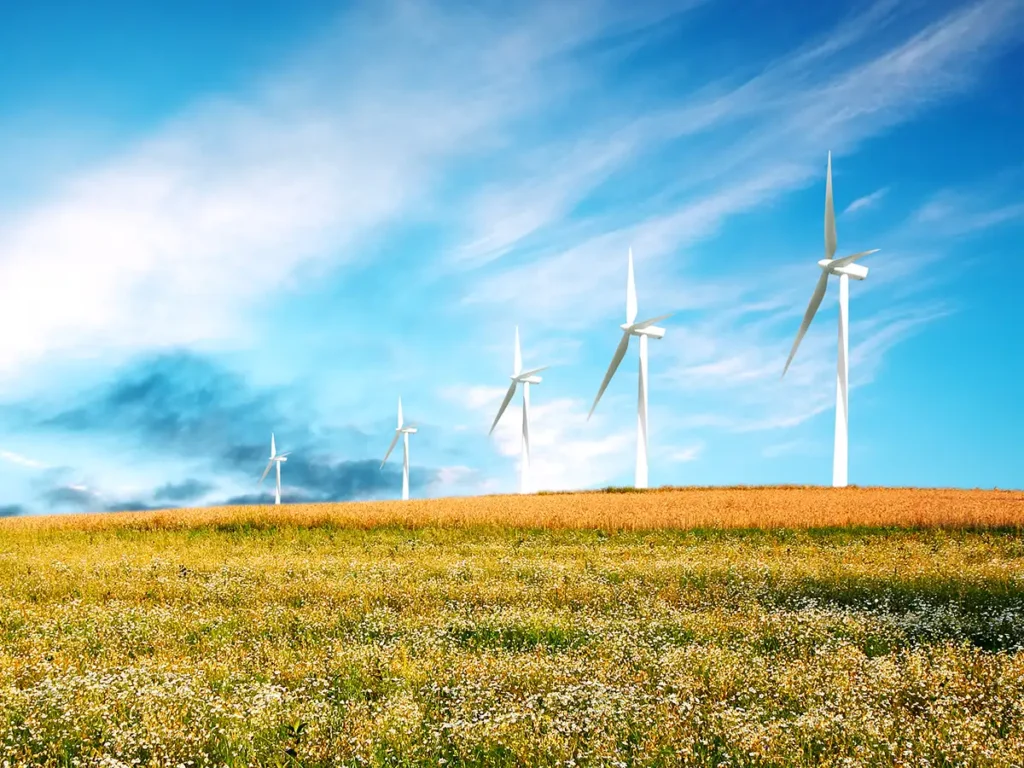How Australia could become a global leader in renewable energy

Australia, known for its vast landmass and abundant natural resources, has the potential to become a global leader in renewable energy, by harnessing its rich renewable energy sources and implementing supportive policies. It’s not going to be an instant development. But the Asian powerhouse has all the key factors to make it happen.
Australia boasts an abundance of renewable energy resources. With ample sunlight, vast wind corridors, significant geothermal potential, and access to tidal and wave energy, the country possesses a diverse and untapped renewable energy portfolio. Leveraging these resources effectively through solar, wind, hydro, and geothermal power generation can provide a reliable and sustainable energy supply. These innovative power sources are at the forefront of renewable energy programs.
Rapid advancements in renewable energy technologies have made them more efficient and cost-effective. Australia can capitalize on these technological developments by investing in research and development, fostering innovation, and promoting collaboration between industry and academia. Australia can optimize energy generation, storage, and distribution by embracing cutting-edge technologies such as advanced solar panels, high-capacity wind turbines, energy storage systems, and smart grid solutions.
A robust and supportive policy framework is crucial for driving the renewable energy transition. This jurisdiction excels as a technology-friendly system. Australia can implement policies incentivizing renewable energy investment, such as feed-in tariffs, tax credits, and renewable energy targets. Clear and consistent regulations, streamlined approval processes, and grid integration strategies can also create a favorable environment for renewable energy development. Australia can attract domestic and international investments by aligning policy goals with long-term sustainability objectives, fostering a thriving renewable energy sector.
Developing the necessary infrastructure is essential for realizing Australia’s renewable energy potential. Expanding transmission networks to connect remote renewable energy generation sites to major population centers can facilitate the efficient distribution of clean energy. Investing in energy storage solutions, such as large-scale battery systems and pumped hydro storage, can address intermittency issues and ensure a reliable power supply. Furthermore, supporting the deployment of electric vehicle charging infrastructure and encouraging the adoption of electric vehicles can enhance the integration of renewable energy into the transportation sector.
Australia can leverage its renewable energy expertise and resources to establish international collaborations and explore export opportunities. Sharing knowledge, technology, and best practices with other countries can accelerate the global renewable energy transition while boosting Australia’s reputation as a renewable energy leader. Additionally, by exporting excess renewable energy, such as hydrogen or electricity, via undersea cables, Australia can diversify its economy, generate revenue, and establish itself as a key player in the global renewable energy market.
Australia has the ingredients to become a leader in renewable energy by tapping into its abundant renewable resources, fostering technological innovation, implementing supportive policies, developing infrastructure, and embracing international collaboration, Australia can lead the way in a sustainable energy future while reaping economic, environmental, and social benefits.







Have your say